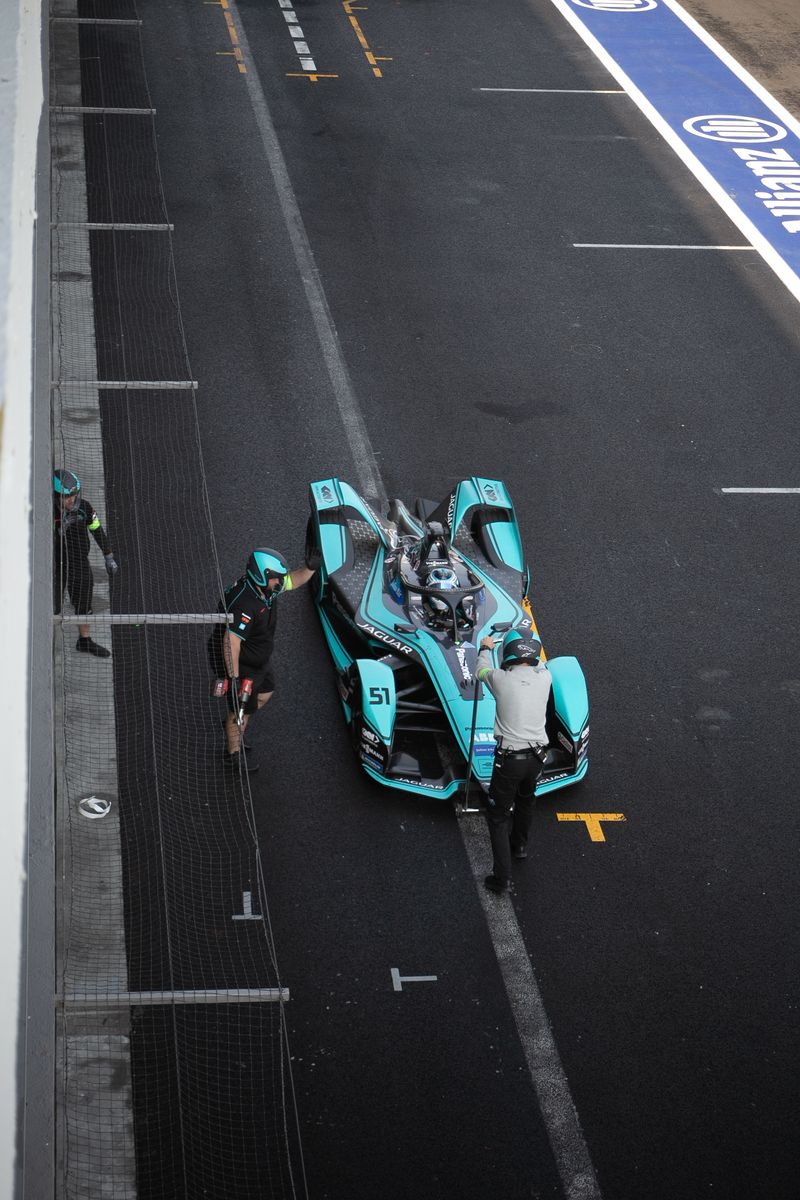The Power of Storytellers: The Role of Creatives in Disney‘s Success
The Early Years: A Diversified Media Company
In its early years, Walt Disney Productions established itself as an independent producer, releasing animated shorts and later feature films through distribution deals with larger Hollywood studios. However, in 1953, Disney founded its own distribution company, Buena Vista, allowing the company to handle the release of its own productions. This move towards self-distribution marked a turning point for Disney, solidifying its position in Hollywood and paving the way for its future success.
Walt Disney also recognized the value of television as a promotional platform and began hosting a series entitled “Disneyland” on ABC. This series not only helped fund the construction of the Disneyland theme park in Anaheim, but also showcased Disney‘s brand and characters to a wider audience.
Furthermore, Disney embraced a “total merchandising” strategy, diversifying its investments and interests, which could be effectively cross-promoted. This approach strengthened Disney‘s position in the industry and laid the foundation for its future growth.
The Dark Ages: Challenges and Triumphs
After Walt Disney‘s death in 1966, the company faced a period of uncertainty. Without a strong creative leader, Disney struggled to produce successful films and its animation division experienced a decline. However, during this time, the company’s theme parks, such as Walt Disney World in Florida, continued to thrive.
Disney‘s safe and family-friendly image was also challenged by the rising popularity of more teen-oriented blockbuster films. The company initially turned down the opportunity to produce “Star Wars” but eventually entered the space with its own space-age fantasy film, “The Black Hole,” which was not as successful as hoped.
This period, often referred to as the “Dark Ages,” was marked by creative failures and financial setbacks. However, there were notable triumphs outside of the film division, including the opening of EPCOT in Florida and the success of Tokyo Disneyland. Additionally, Disney launched The Disney Channel as a subscription-based cable TV channel and founded Touchstone Films to produce adult-oriented entertainment.
The Disney Renaissance: A Shift in Focus
Facing financial challenges and a hostile takeover attempt, Disney‘s board of directors ousted executives and brought in Michael Eisner and Frank Wells as the new leadership. Eisner and Wells introduced the concept of a Disney Renaissance, focusing on live-action filmmaking and television production.
The new regime found success with comedies and dramas for adults, featuring established and emerging stars. However, they were initially hesitant about the role of animated feature films in the company’s turnaround. The animated division was kept alive mainly due to the insistence of Walt Disney‘s nephew, Roy E. Disney.
A breakthrough came when Disney ventured into the home video market. Releasing animated features directly to consumers provided a new revenue stream, revitalizing Disney‘s animation division. Innovations in computer-generated imagery and the integration of theatrical approaches to musical storytelling in films like “The Little Mermaid” and “Beauty and the Beast” contributed to the success of this period.
Importantly, these animated films shifted executives’ focus back to feature animation and reinvigorated the company’s core strategy, allowing animation to fuel other divisions, such as music, publishing, television, and theme parks.
The Role of Storytellers in Disney‘s Success
Throughout its history, Disney has thrived because of its storytellers. The creative decisions made by animators, actors, writers, songwriters, directors, and producers have been instrumental in shaping Disney‘s artistic innovations and driving the company’s success.
The storytellers, through their acting, singing, writing, composing, and animating, compelled executives to rethink and redirect corporate strategy. Investment in traditional and unexplored approaches to storytelling, development of new technologies, and advancements in the representation of women and people of color were all influenced by the creative voices within the company.
The power and influence of stories have also been recognized by Bob Iger, the current CEO of Disney. Under his leadership, Disney has acquired major media franchises such as Pixar, Marvel Entertainment, Lucasfilm, and 21st Century Fox. Iger understands that storytelling is at the heart of Disney‘s success and has emphasized its importance in the company’s organizational structure.
The Future Challenges: Supporting Storytellers
As the Walt Disney Company enters its second century, it faces uncertainties in the evolving media landscape. The streaming business has brought about cost-cutting measures, and there have been rumors of potential sell-offs.
In this climate, it is crucial for Disney to remember the pivotal role of its storytellers. While executives navigate economic challenges, it is important that the company supports its actors and creatives to ensure they can earn a stable living while continuing to tell the stories that have helped Disney flourish.
Disney should remember that its success has been built on the shoulders of its storytellers, and their voices and contributions should continue to be valued and nurtured. By doing so, Disney can maintain its legacy and continue to create the beloved stories and experiences that have captivated audiences for a century.

<< photo by Rhett Wesley >>
The image is for illustrative purposes only and does not depict the actual situation.
You might want to read !
- Cricket Diplomacy: India-Pakistan Clash and the Television Broadcast
- Last country in the world without a football team finally getting one – with a twist
Title: The Triumph of Football: The Birth of a Team in the Last Untouched Nation
- “The Exceptional Journey of ‘Loki’: Unraveling the Unprecedented Season 2 Renewal”
- Exploring the Options: A Guide to Watching The Little Mermaid (2023) Today




